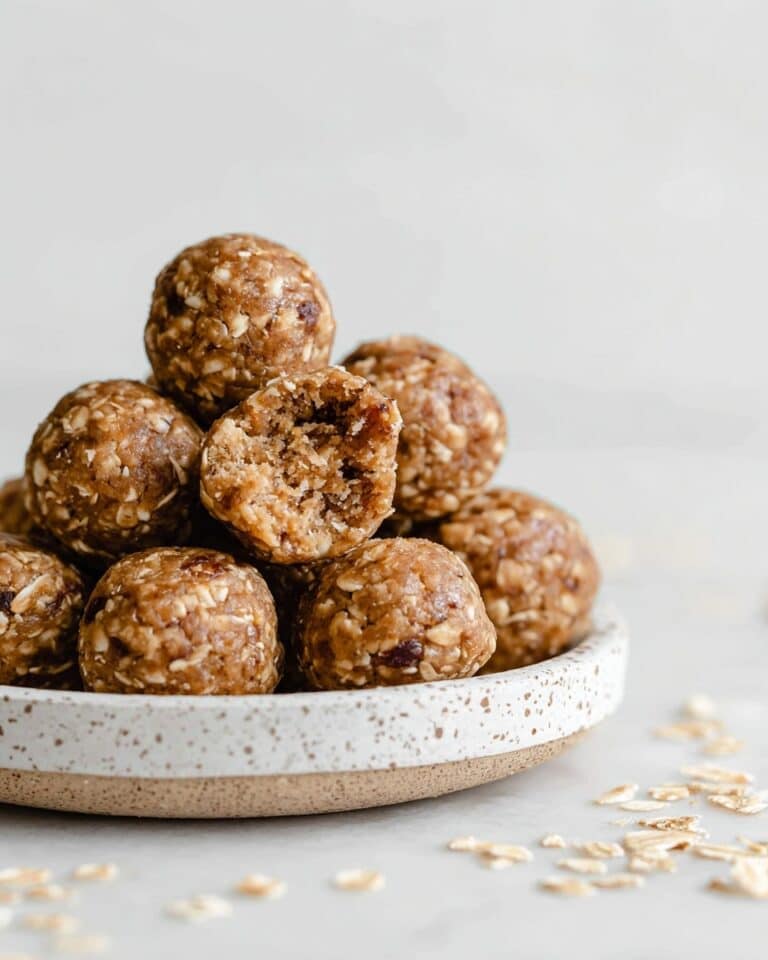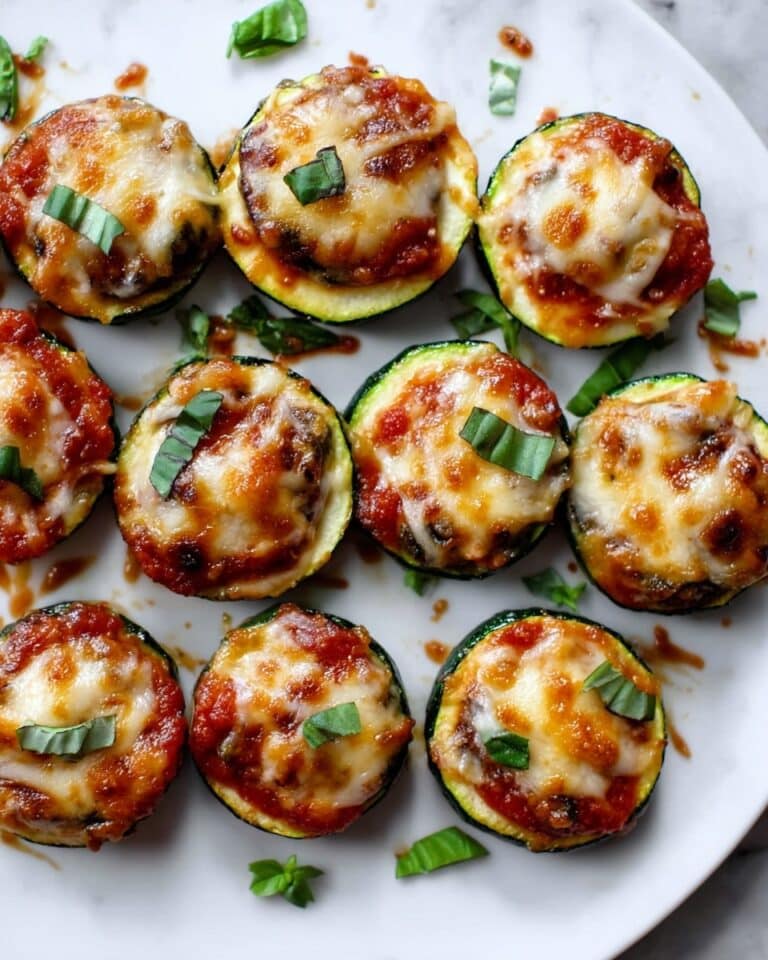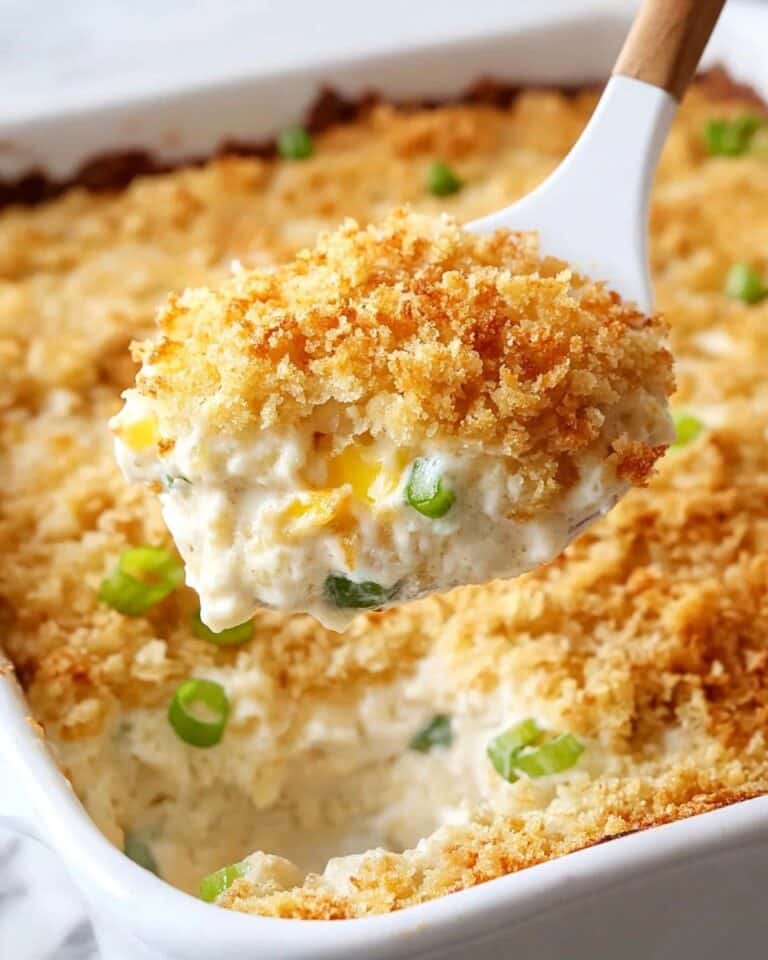If you’ve ever dreamed of waking up to the heady aroma of freshly baked, golden, buttery pastries, these Homemade Croissants are your ticket straight to Paris—without ever leaving your kitchen! This recipe breaks down each step with love, patience, and just enough detail to empower even croissant beginners.
Why You’ll Love This Recipe
- Unbeatable Freshness: There’s simply nothing like Homemade Croissants straight from your own oven—flaky, buttery, and warm, every layer shatters under your fingertips.
- From Scratch, But Totally Doable: The recipe is thoughtfully broken down, so each stage feels approachable, even for first-time home bakers.
- Impressive, Bakery-Worthy Results: These croissants turn out gloriously golden with hundreds of flaky layers, perfect for sharing (or hoarding, no judgment!).
- Adaptable for Every Mood: Sweet or savory, you can personalize your croissants for breakfast, brunch, or whenever a buttery craving strikes.
Ingredients You’ll Need
You only need a handful of ingredients to create croissants at home, but each one is essential in shaping that iconic flaky, plush texture. Every element plays a starring role, so opt for the best quality you can find, from the rich butter to the simple everyday flour.
- All-purpose flour: The backbone of your dough, all-purpose flour provides the perfect amount of gluten for that tender, stretchy texture croissants need.
- Unsalted butter: The star of any croissant! Soft, high-quality butter creates those signature flaky layers and literal melt-in-your-mouth bites.
- Whole milk & water: A mix of milk and water enriches the dough, adding subtle flavor, tenderness, and excellent color on the crust.
- Granulated sugar: Just enough to balance the richness of the butter and encourage that golden-brown hue.
- Active dry or instant yeast: Both yeasts work beautifully; pick what you have handy for a light, fluffy crumb.
- Salt: Don’t skip it—salt sharpens the other flavors and ensures the croissants don’t taste flat.
- Egg (for egg wash): That irresistible glossy crust is all thanks to a good egg wash brushed right before baking.
Variations
The beauty of homemade croissants is also in their flexibility—you can fill, flavor, or tweak them so effortlessly. Here are a few fun directions to try, whether you love classic or crave something unexpected.
- Chocolate Croissants (Pain au Chocolat): Place a stick of dark chocolate inside each triangle before rolling up for a decadent breakfast treat.
- Almond Croissants: Spread a layer of almond cream (frangipane) inside each triangle and top baked croissants with toasted sliced almonds and powdered sugar.
- Cheese & Herb Croissants: Sprinkle a little grated Gruyère or Parmesan and fresh herbs along the dough for a savory twist—absolutely divine alongside eggs or soup.
- Mini Croissants: Cut smaller triangles for bite-sized party snacks, ideal for brunch tables or cheese platters.
How to Make Homemade Croissants
Step 1: Make the Dough (Détrempe)
Start by mixing together your yeast, milk, water, and sugar in a big bowl. Let it get foamy if using active dry yeast, which takes just a few minutes and is such a rewarding sight! Add the flour and salt, then knead in the softened butter. The dough should become smooth but still a little tacky at first—just keep working it! Once it’s supple, shape into a rough rectangle, wrap, and let it chill in the fridge for at least a couple hours (or even overnight if you want to work ahead).
Step 2: Prepare the Butter Block (Beurrage)
While your dough chills, you’ll create the magic behind all those irresistible layers—a butter block! Mix your butter and a touch of flour, then roll it between two sheets of parchment into a neat rectangle. Pro tip: Use the edges of the paper as a guide for super-sharp, clean lines. Chill until solid, but pliable—think cold, but bendable, not rock-hard.
Step 3: Laminate the Dough
This is where Homemade Croissants get their signature flake! Roll your chilled dough to the right size, then encase your butter block like a letter. Use gentle, steady pressure when rolling, focusing more on length than width, and always dust away excess flour. You’ll fold the dough in thirds, chill, and repeat this rolling, folding, and chilling process two more times. Between each round, keep your dough and butter chilled—they’re easier to work with and create those perfect layers.
Step 4: Shape the Croissants
After the final chill, it’s time for the fun part! Roll your dough out to a large rectangle, then use a ruler to mark and cut triangles. Give each one a little stretch at the base, then roll up snugly from base to tip, with the tip tucked under to hold its shape. Arrange on parchment-lined trays, curve the ends into crescents, and get ready for the final proof—they’ll get delightfully puffy and jiggly when they’re ready.
Step 5: Proof and Bake
Let your croissants rise until doubled and visually jiggly (anywhere from 2 to 5 hours, depending on your kitchen). Brush with a luscious egg wash for that signature shine, then bake at a hot temperature until they’re a burnished, glorious brown with the most tempting aroma. Allow them to cool (if you have the willpower!) for maximum flaky layers before slicing open.
Pro Tips for Making Homemade Croissants
- Chill for Success: Never rush the chilling times! Keeping your dough and butter cold is the real secret behind the croissant’s many layers and shattering flakiness.
- Roll with Gentle Hands: Apply steady, even pressure with your rolling pin and always roll in one direction—being gentle helps preserve those delicate butter layers.
- Clean, Sharp Edges Matter: When trimming your dough during lamination, sharp edges create neater, more distinct layers for that Instagram-worthy flake.
- Watch the Proof: Don’t skimp on the proofing step—your croissants should look visibly pillowy and wobble on the tray, a sign they’re perfectly airy inside!
How to Serve Homemade Croissants

Garnishes
Nothing says “French bakery” quite like a sprinkling of powdered sugar or a brush of apricot glaze over your freshly baked croissants. You can also scatter toasted almond slices for a little crunch, or add a swipe of jam or chocolate right before serving for a burst of sweet flavor.
Side Dishes
Homemade Croissants are delicious with a cup of café au lait, some fresh fruit, or a simple soft-boiled egg. For a special brunch, serve them alongside smoked salmon, creamy scrambled eggs, or even a vibrant salad dressed in lemon vinaigrette.
Creative Ways to Present
Turn a basket of croissants into a beautiful breakfast centerpiece by wrapping them in a linen cloth or nestling them onto a wooden board with tiny jars of jam, honey, and butter. For parties, stack mini versions into a croissant “tower,” or slice them in half lengthwise for incredible sandwiches stuffed with brie and prosciutto.
Make Ahead and Storage
Storing Leftovers
If, by some miracle, you have leftover Homemade Croissants, store them in an airtight container at room temperature for one to two days. They’ll stay delicious and soft, though their crunchiest crust is best enjoyed fresh!
Freezing
Homemade Croissants freeze like a dream. Once cooled, wrap them individually and store in a freezer bag for up to two months. You can also freeze unbaked, shaped croissants—simply thaw and proof them before baking off a fresh batch any time the craving hits.
Reheating
To revive all the flakiness of your croissants, reheat them in a preheated 350°F (175°C) oven for about 5–8 minutes. This brings back their crisp shell and softens the inside, tasting nearly as fresh as the day they were baked.
FAQs
-
Can I make Homemade Croissants in advance?
Absolutely! The dough can be made and refrigerated overnight, or the shaped croissants can be frozen and baked later, making it easy to enjoy fresh pastries anytime you’d like.
-
What kind of butter is best for croissants?
Use high-quality unsalted butter, ideally European-style with a higher fat content for the most luscious flavor and best lamination results. It really pays off in the taste and flakiness!
-
Why do my croissants sometimes leak butter during baking?
This usually means the dough or butter was too warm during rolling or proofing. Chilling at every stage is key to keeping those flaky layers distinct and preventing butter loss in the oven.
-
Can I add fillings to my Homemade Croissants before baking?
Definitely! Classic options include chocolate, almond cream, or cheese—just be careful not to overfill, and roll snugly for best results.
Final Thoughts
If you’ve ever wanted to bring a little Parisian magic into your home, there’s truly nothing more rewarding than pulling a tray of golden, flaky Homemade Croissants from the oven. Embrace the process, and don’t be afraid of a little flour on your hands—your buttery masterpiece awaits, and every bite is worth the love you put in. Bon appétit!
Print
Homemade Croissants Recipe
- Prep Time: 30 minutes
- Cook Time: 20 minutes
- Total Time: 1 day 4 hours
- Yield: 12 croissants
- Category: Baking
- Method: Baking
Description
Learn how to make delicious homemade croissants step-by-step with this easy-to-follow recipe. These flaky pastries are a labor of love but worth every moment when you bite into their buttery layers.
Ingredients
Dough (détrempe):
- 2 1/4 teaspoons instant yeast or active dry yeast
- 160 g whole milk, lukewarm
- 120 g water
- 470 g all-purpose flour, plus extra for dusting
- 50 g granulated sugar
- 1 1/2 teaspoons salt
- 30 g unsalted butter, room temperature
Butter block (beurrage):
- 250 g unsalted butter, room temperature
- 1 1/2 tbsp all-purpose flour
Egg Wash:
- 1 large egg
Instructions
- Dough Preparation: In a large bowl, combine milk, water, yeast, and sugar. Add flour and salt, mix until a rough dough forms. Knead for about 3 minutes, then add butter and knead until fully incorporated. Refrigerate for at least 2 hours.
- Butter Block: Mix butter with flour. Roll butter into a rectangle, refrigerate until firm.
- Laminating: Roll out dough, encase butter, fold, and refrigerate multiple times.
- Shaping: Roll dough into a rectangle, cut into triangles, roll into croissants. Proof for 2-5 hours.
- Baking: Preheat oven, brush croissants with egg wash, bake for 20-22 minutes until browned.
Nutrition
- Serving Size: 1 croissant
- Calories: Approx. 250
- Sugar: Approx. 5g
- Sodium: Approx. 200mg
- Fat: Approx. 15g
- Saturated Fat: Approx. 10g
- Unsaturated Fat: Approx. 5g
- Trans Fat: 0g
- Carbohydrates: Approx. 25g
- Fiber: Approx. 1g
- Protein: Approx. 4g
- Cholesterol: Approx. 45mg









